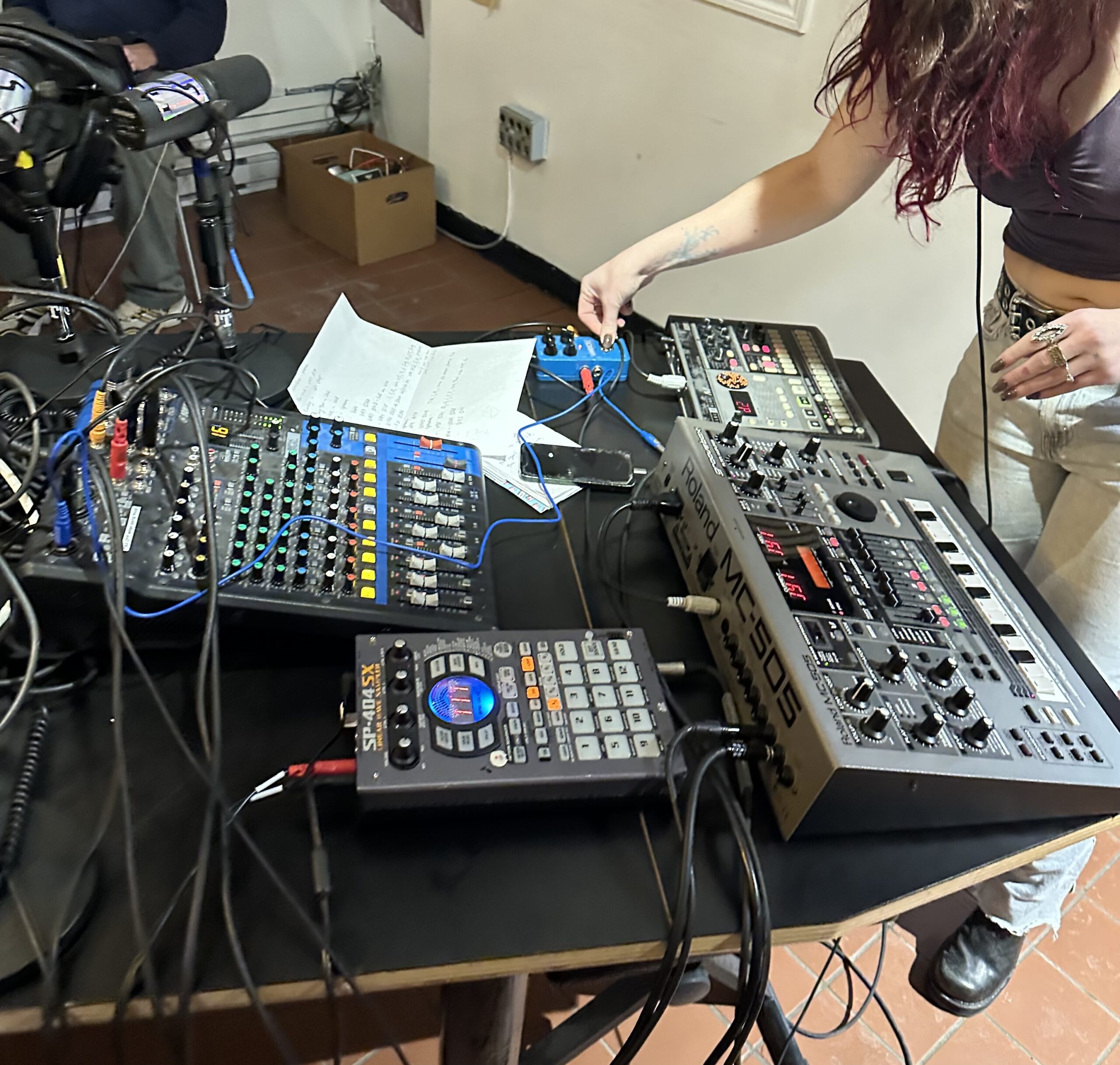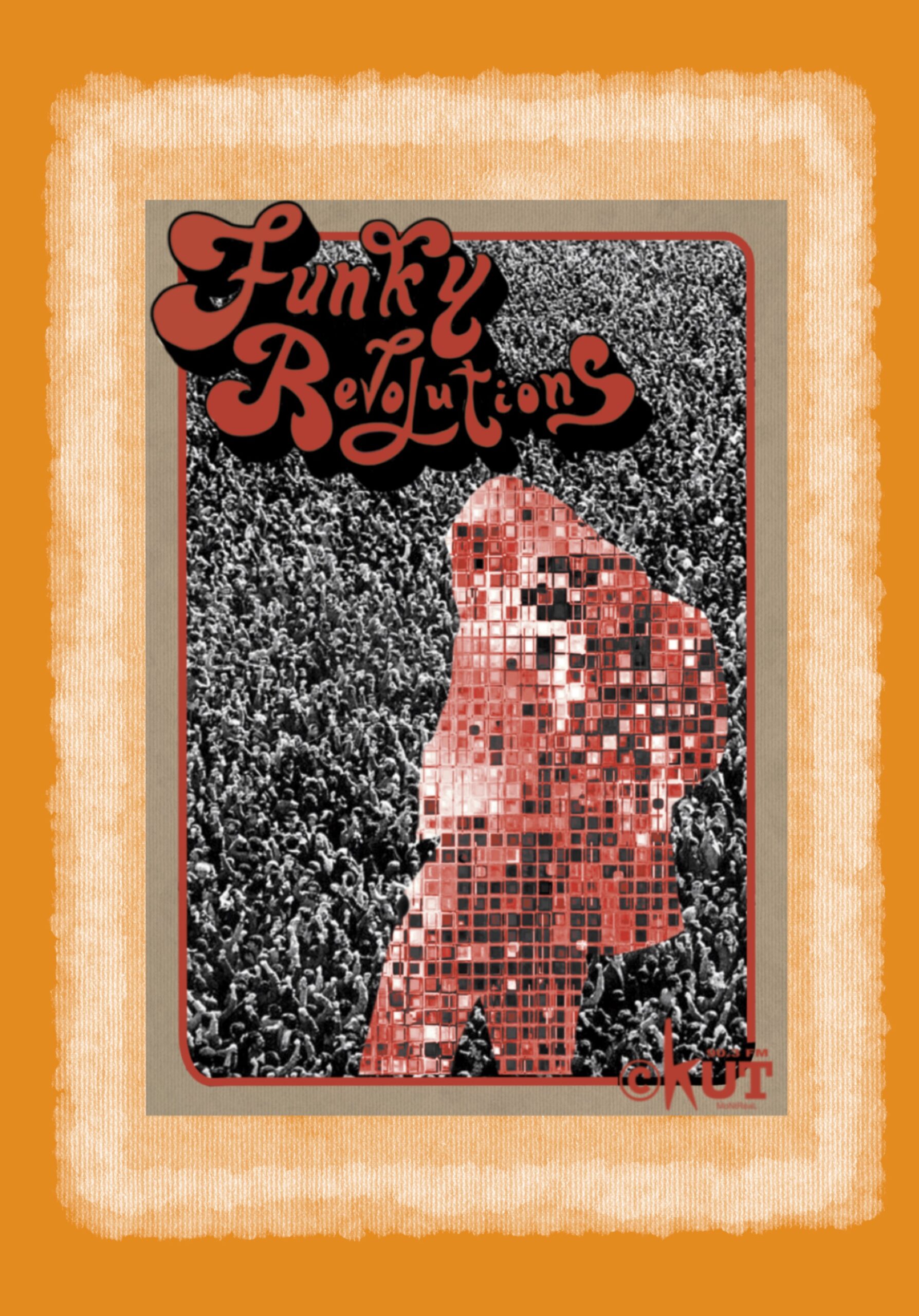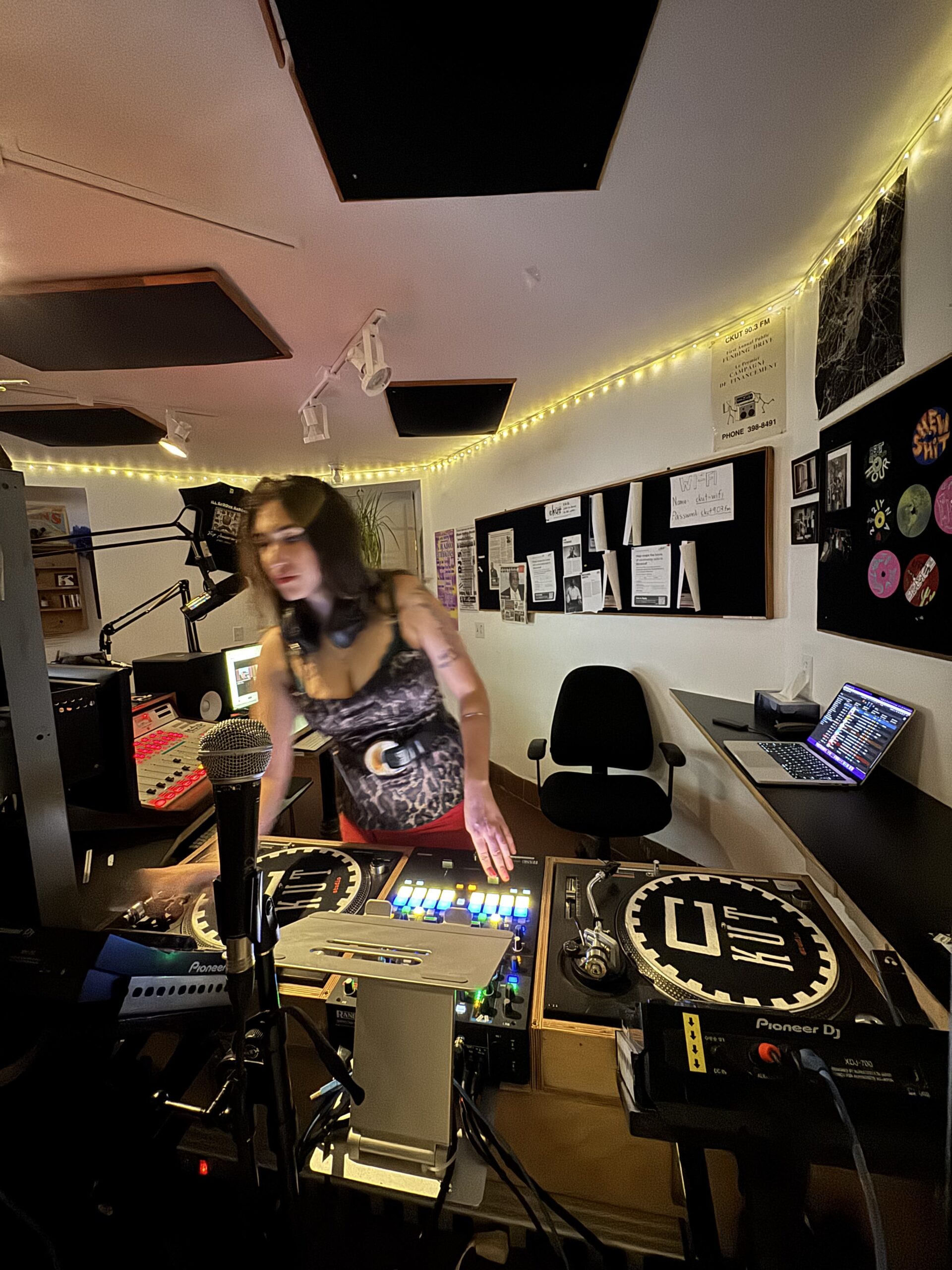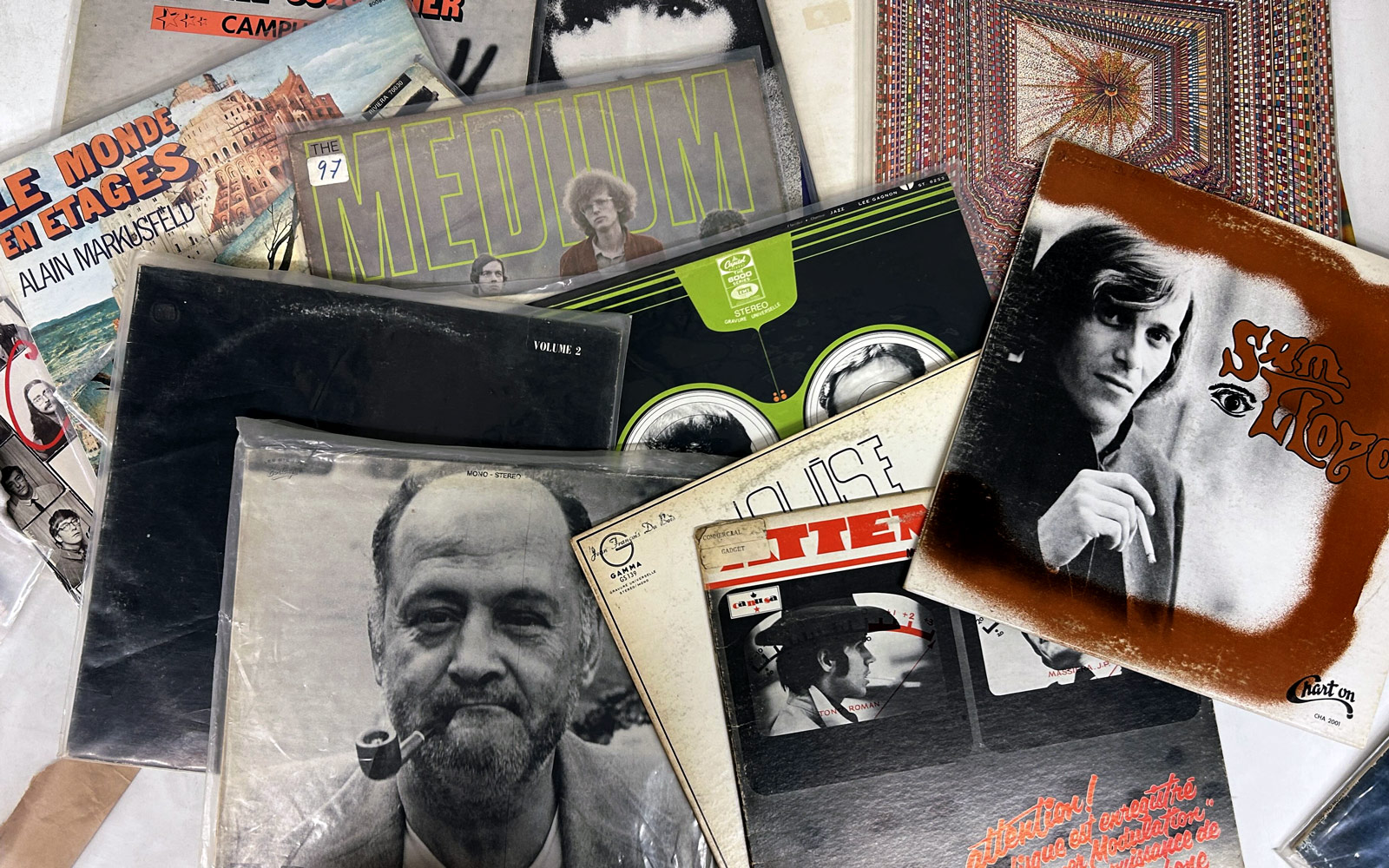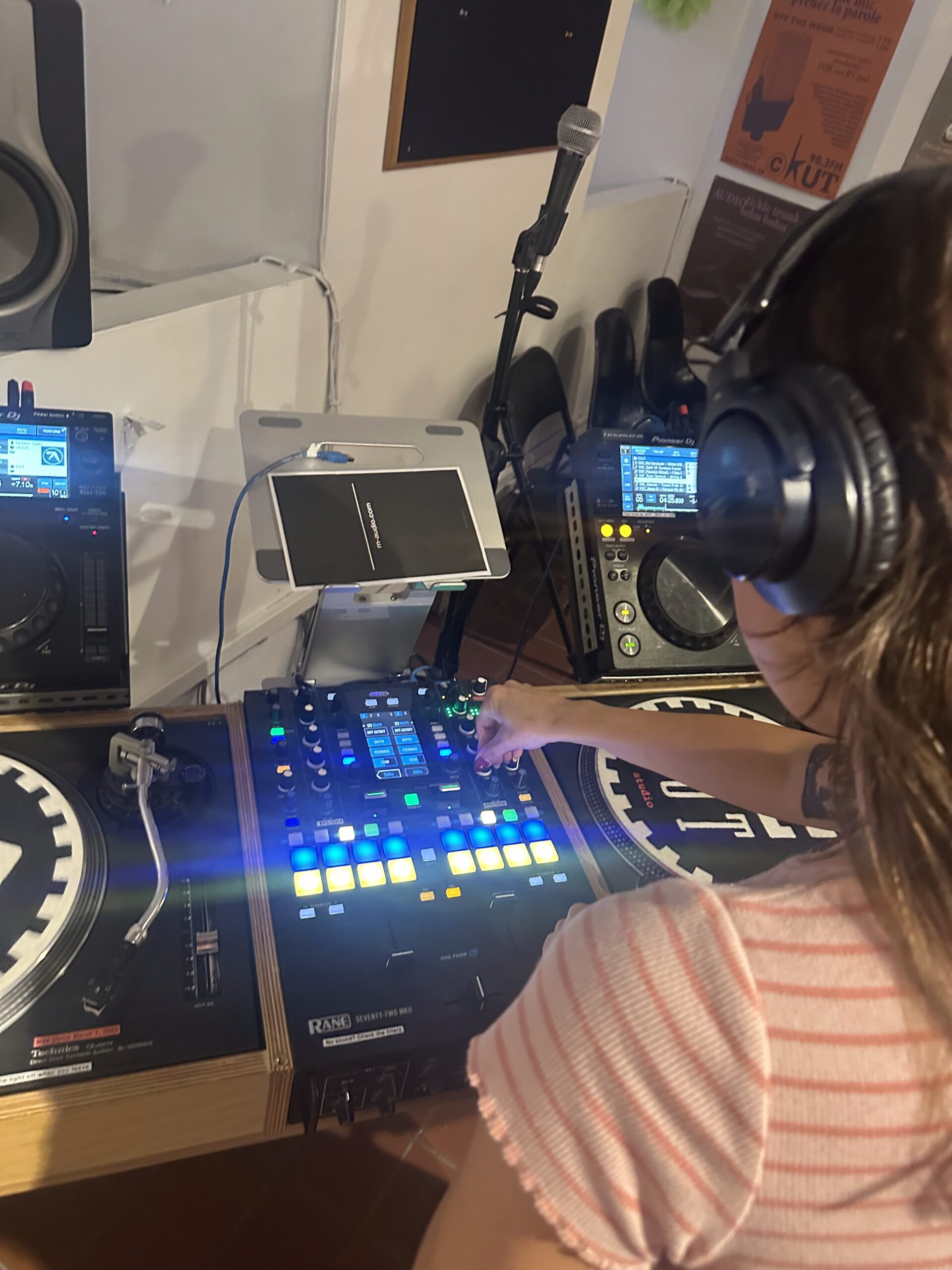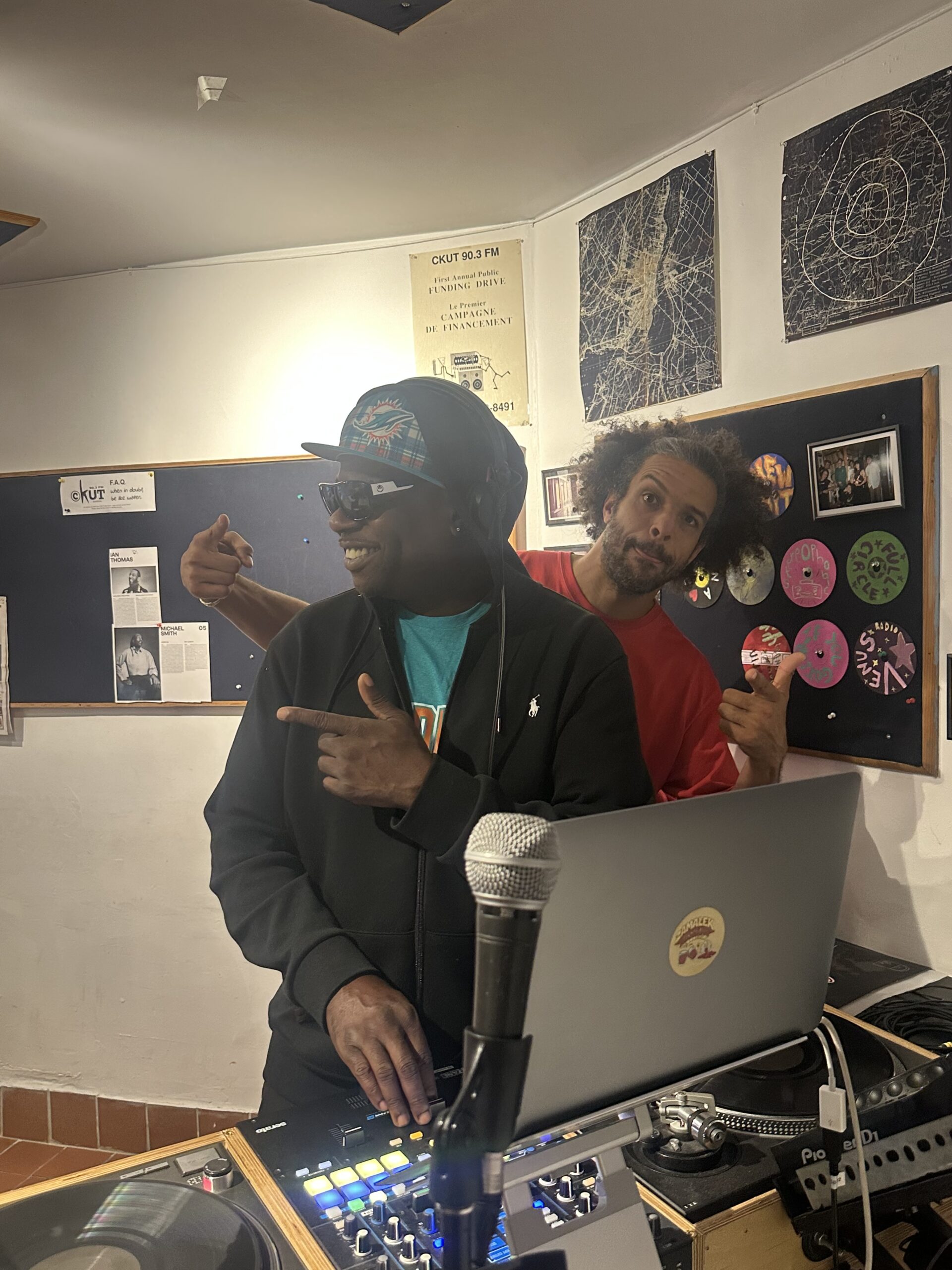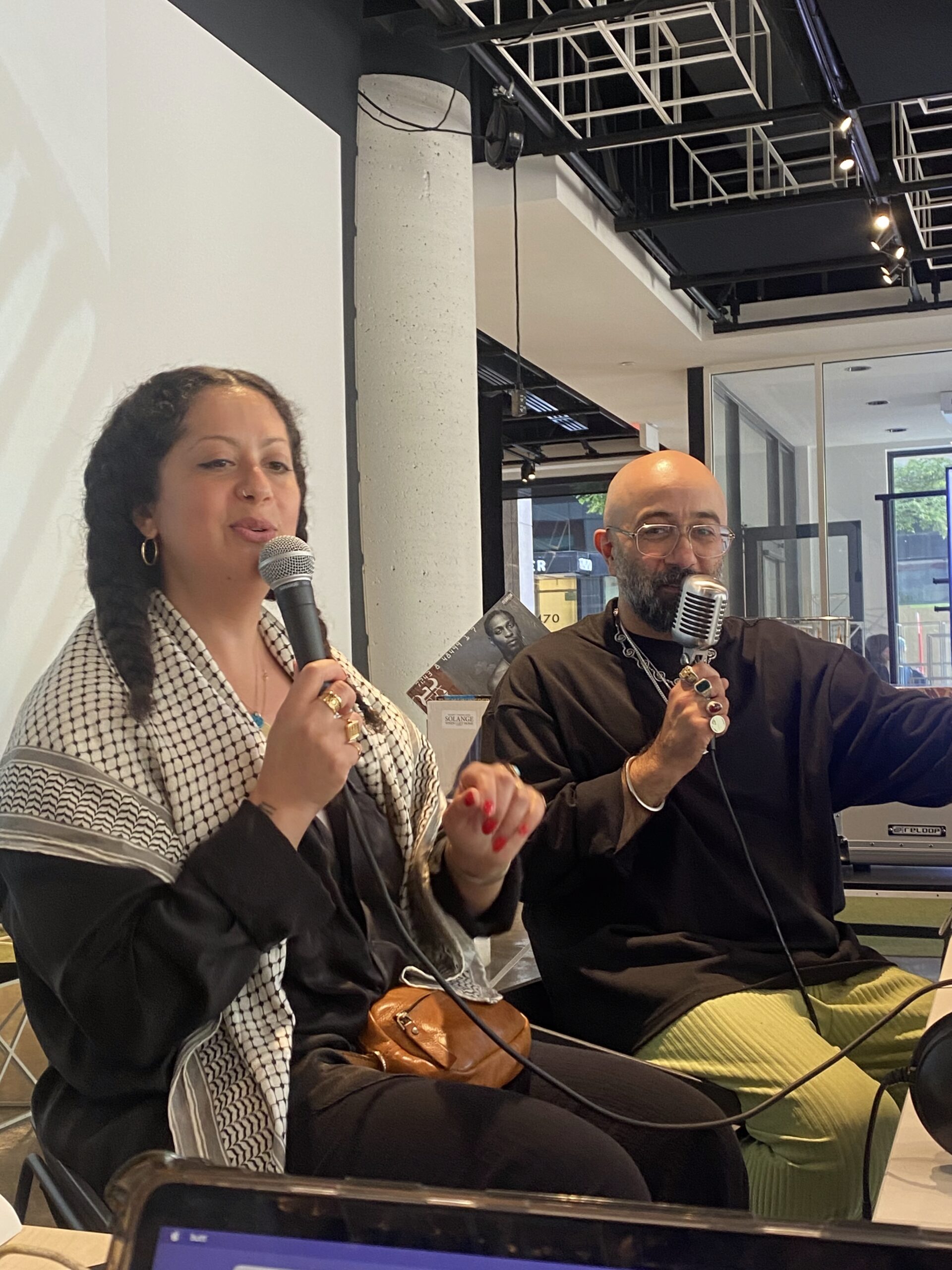Album Review: Colleen – A flame, my love, a frequency
By Juliana Van Amsterdam
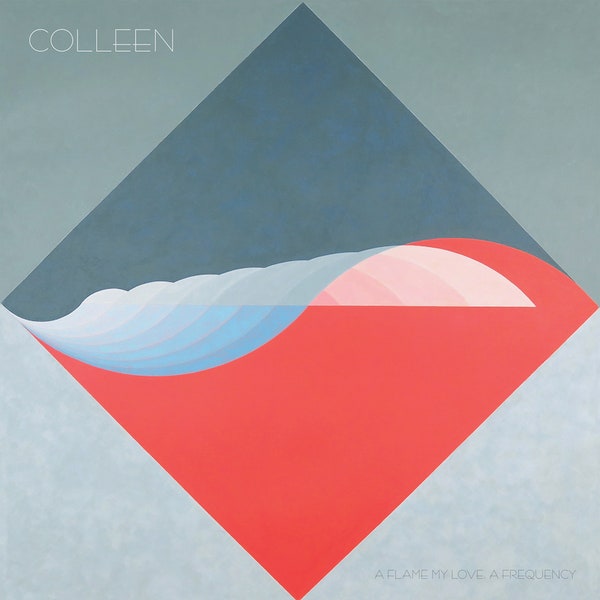
Call it a precursor to the winter blues, call it a product of my New England upbringing, call it a weird morbid streak: as soon as a chill hits the air, all I can think about is the cycle of nature. Walking around the streets of Montreal, with all the natural beauty it has to offer, it’s not hard to romanticize something as trivial as falling leaves. Enter Cécile Schott, the the French multi-instrumentalist behind Colleen, who released A flame, my love, a frequency just in time for some contemplative hibernation.
Schott has been on the music scene for almost two decades, quietly releasing EPs and full-length albums – this is her sixth studio album – that feature the Baroque-era trebel viola de gamba. While she only recently started including vocals into her music in 2013, Schott has always been fascinated by 1970’s Jamaican dub music, as well as loop pedals and synth. On A flame, she takes the opportunity to explore the latter; the viola de gamba is barely heard.
A flame, my love, a frequency uses highly produced instruments to create rich and detailed depictions of nature, all without much vocal assistance. Instead, the scant lyrics act as echoes for the instrumental landscapes, adding details to the conjured imagery. Schott, who is an avid bird watcher, describes various winged animals, and frequently uses layered arpeggios that mimic the flight patterns of birds. There is a return to simplicity on A flame, both in the presence of classical music structure and a focus on the absence of sound. Schott embodies the saying “Less is more,” choosing to use sustained notes and hypnotically repetitive sequences to create a vast soundscape.
The album is best heard listened in an uninterrupted sequence, because the tracks have a natural tendency to flow into one another, creating one long 45-minute track. However, a few tracks deserve noteworthy mentions: “Separating,” for example, is a seven-minute track that almost exclusively contains looped arpeggios that subtly move between keys, with timbre changes sprinkled here and there. The track appears as a rainstorm might: while initially only raindrops appear, the storm soon builds to a deluge before subsiding again. Schott employs vocal distortion techniques that transform her voice, briefly, into a beacon that pierces the instrumental fog.
“Summer night (Bat song)” features long, drawn-out synth tones that leave room for Schott’s breathy vocals, which describe the flight patterns of a bat in simple observational phrases; what seems like an uninteresting field journal entry is in actuality a transformative, hypnotic still life. “The stars vs creatures” captures the isolation and wonder of space while detailing a discussion between animals about the night sky. Schott expertly contrasts the yawning cosmos with the intimate delicacy of a conversation; low synth shifts as tectonic plates might, while arpeggios flutter about, seemingly suspended in air.
